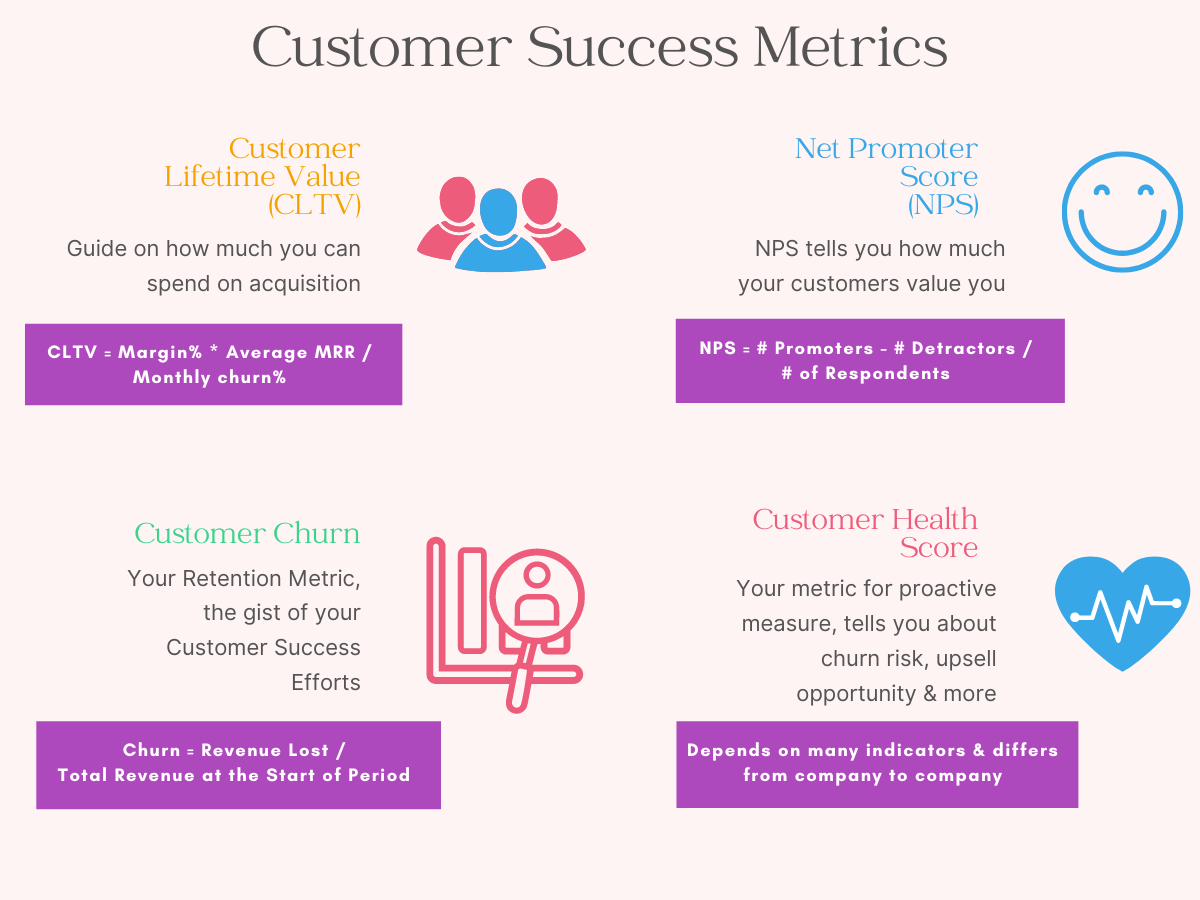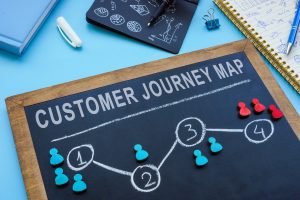Customer success playbooks are essential tools for businesses that are looking to build long-lasting relationships with their customers. A customer success playbook is a comprehensive guide that outlines the steps, processes, and strategies a company should use to ensure its customers are successful with their products or services. In this article, we will dive deeper into what customer success playbooks are, how they work, and how businesses can use them to build strong customer relationships.
What is a customer success playbook?
A customer success playbook is a set of guidelines that a company uses to ensure that its customers are successful with their product or service. It is a comprehensive guide that outlines the steps, processes, and strategies a company should use to ensure its customers are successful. This playbook covers everything from onboarding customers to providing ongoing support and identifying opportunities for upsells and cross-sells. The goal of a customer success playbook is to create a consistent and scalable process that helps customers achieve their goals while also driving business growth.
How do customer success playbooks work?
A customer success playbook works by providing a clear and structured approach to customer success. It outlines the key stages of the customer journey and provides guidance on how to successfully navigate each stage. Here are the key components of a customer success playbook:
- Goals and metrics: The first step in creating a customer success playbook is to define the goals and metrics that the company wants to achieve. This includes customer retention rates, customer satisfaction scores, and upsell/cross-sell rates.

- Customer personas: Once the goals and metrics have been defined, the next step is to create customer personas. This involves identifying the different types of customers and understanding their needs and preferences.
- Onboarding: The onboarding process is critical to ensuring that customers get off to a good start. This process should include training on how to use the product or service, setting expectations, and addressing any initial concerns.
- Ongoing support: Customers will need ongoing support to ensure they are successful with the product or service. This can include a variety of support channels such as phone, email, chat, and self-service resources.
- Monitoring and feedback: Regularly monitoring customer feedback is critical to identifying areas where the product or service can be improved. This can include conducting customer surveys, monitoring social media, and reviewing support tickets.
- Upsells and cross-sells: Use customer data to identify opportunities for upsells and cross-sells. This can include offering additional products or services that meet the specific needs of each customer.
- Continuous improvement: Finally, it is important to continuously improve the customer success playbook. This can include gathering feedback from the customer success team and making adjustments to the playbook as needed.
Customer Success Onboarding Playbook Template
Here is a very basic customer onboarding playbook
Introduction
- Welcome the customer and introduce them to your customer success team.
- Explain the purpose of the onboarding process and what they can expect to achieve.
Product/Service Overview
- Provide an overview of your product/service and how it works.
- Explain how it can help the customer solve their specific problem or achieve their goals.
Account Set Up
- Guide the customer through the account set-up process.
- Help them navigate the dashboard and any other relevant features.
Training
- Provide training on how to use the product/service.
- Walk the customer through any necessary tutorials or documentation.
- Answer any questions or concerns they may have.
Best Practices
- Share best practices for using the product/service effectively.
- Provide tips on how to achieve the best results.
Support Resources
- Explain the different support resources available to the customer (e.g., phone, email, chat, self-service).
- Provide contact information for the customer success team.
Goal Setting
- Work with the customer to set specific goals they want to achieve using your product/service.
- Discuss timelines and how progress will be measured.
Additional Resource: Use our Ultimate guide to Health Scoring
Follow-up
- Schedule regular follow-up calls or meetings to check in on progress.
- Provide ongoing support and help the customer overcome any obstacles.
Upsell/Cross-Sell Opportunities
- Identify any upsell or cross-sell opportunities based on the customer’s needs and goals.
- Share information about additional products/services that may be of interest.
Next Steps
- Summarize the onboarding process and review the next steps.
- Provide a timeline for the customer’s success and explain how you will support them moving forward.
Here are 21 beautiful templates you can use in your day-to-day operations
Benefits of using a customer success playbook
There are many benefits to using a customer success playbook. Here are a few key benefits:
- Consistency: A customer success playbook provides a consistent approach to customer success. This ensures that every customer receives the same level of support and guidance, regardless of who they are working with.
- Scalability: A customer success playbook is designed to be scalable. It provides a framework that can be used to support hundreds or thousands of customers at once.
- Data-driven decisions: By regularly monitoring customer feedback and metrics, a customer success playbook helps businesses make data-driven decisions that drive business growth.
- Better customer relationships: By providing a structured approach to customer success, a customer success playbook helps businesses build stronger relationships with their customers.
- Increased revenue: By identifying opportunities for upsells and cross-sells, a customer success playbook can help businesses increase revenue.
Best Practices for Creating Customer Success Playbook Templates
Involve key stakeholders: When creating a customer success playbook, it is important to involve key stakeholders from across the organization. This includes representatives from sales, marketing, product, and customer success. This will ensure that the playbook aligns with the overall business strategy and goals.
Define clear goals and metrics: Before creating a customer success playbook, it is important to define clear goals and metrics. This includes customer retention rates, customer satisfaction scores, and upsell/cross-sell rates. By defining clear goals and metrics, it will be easier to track progress and make data-driven decisions.
Create customer personas: Customer personas are fictional representations of your ideal customers. Creating customer personas helps you understand the different types of customers and their unique needs and preferences. This will help you create a playbook that is tailored to the needs of each customer segment.
Develop a comprehensive onboarding process: The onboarding process is critical to ensuring that customers get off to a good start. This process should include training on how to use the product or service, setting expectations, and addressing any initial concerns. A well-designed onboarding process will set the stage for a successful customer relationship.
Provide ongoing support: Customers will need ongoing support to ensure they are successful with the product or service. This can include a variety of support channels such as phone, email, chat, and self-service resources. It is important to provide timely and effective support to keep customers happy and engaged.
Monitor and gather customer feedback: Regularly monitoring customer feedback is critical to identifying areas where the product or service can be improved. This can include conducting customer surveys, monitoring social media, and reviewing support tickets. Gathering customer feedback will help you make informed decisions about how to improve the customer experience.
Identify upsell and cross-sell opportunities: Use customer data to identify opportunities for upsells and cross-sells. This can include offering additional products or services that meet the specific needs of each customer. By identifying these opportunities, you can increase revenue while also providing additional value to the customer.
Continuously improve the playbook: Finally, it is important to continuously improve the customer success playbook. This can include gathering feedback from the customer success team and making adjustments to the playbook as needed. By continuously improving the playbook, you can ensure that it remains relevant and effective over time.
Takeaway
In conclusion, creating a customer success playbook is an essential part of building strong customer relationships. By following these best practices, businesses can create a playbook that is tailored to the needs of each customer segment and helps drive business growth.









